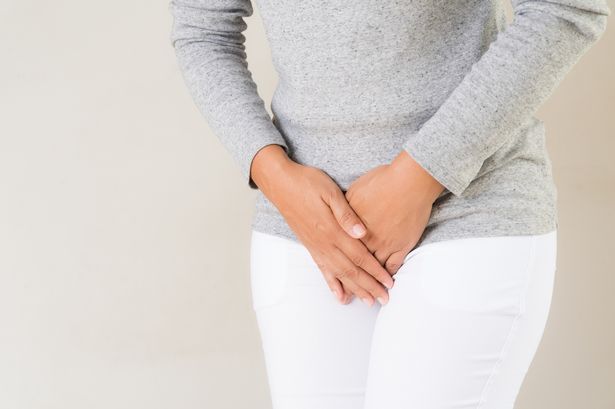
Thrush
Thrush is a common yeast infection that can affect both men and woman and mostly happens during the summer when the weather is warmer. It’s usually harmless but can sometimes be uncomfortable and keep coming back, so look out for the symptmoms we outline in this blog and take on board these health tips and actions to deal with any infection and make your sumer thrush free!
Causes of thrush
Thrush is caused by a fungus called candida Albicans, many people have this fungus but it’s normally kept under control therefore does not cause any problems. However, from time to time this is not controlled and so the balance of bacteria changes, leading to thrush.
Thrush tends to grow in warm, moist conditions, but in most people thrush develops without any specific trigger but may be more likely to develop if you have:
It’s estimated that 75 per cent of all women will experience a thrush infection at least once in their lives and over 6% of women suffer from recurrent episodes.
The incidence of recurrent thrush, warns lead researcher Dr Riina Rautemaa-Richardson, is set to rise to an estimated 158 million people by 2030.
Chinese, Indian and American women are the world’s most numerous sufferers of thrush at 29.1 million and 23.6 million and 9 million respectively, they find.
And a significant 1.2 million women in the UK suffer from the condition.
Thrush is less common in girls before puberty and post menopausal women. It is common in women of reproductive age group between 20–40 years and therefore reproductive hormones, particularly oestrogen, is thought to enhance the proliferation and attachment of Candida to the vaginal inner lining.
Most cases occur in women aged 25 to 34, but a growing female population using hormonal replacement therapy (HRT) - to alleviate menopause symptoms and improve sexual experience - is thought to be behind the rise in the numbers affected.
Symptoms of thrush
As mentioned before thrush can occur in both men and women, below are the symptoms in women:
And men:
Now, we like to help our customers to self-prevent where able, so below we have some tips about what you can do yourself to ease discomfort and prevent thrush returning once treated.
Do
Don’t
And now here are some myth busting thrush facts for you!
When you should see your GP about thrush
Treatment
Most cases of thrush can be treated with a tablet taken orally or inserted into your vagina. An antifungal cream can also be used to relieve irritation and you don’t need to treat partners unless they have symptoms.
Thrush is a treatable infection, however, it can be both worrying if you have it for the first time and it certainly makes you feel uncomfortable, so if you recognise any of the symptoms above, take action so you can enjoy the summer!
If you found this blog useful, please share it by clicking the social media icons below and don’t hesitate to contact us if you have any questions about thrush.
The Coda Team